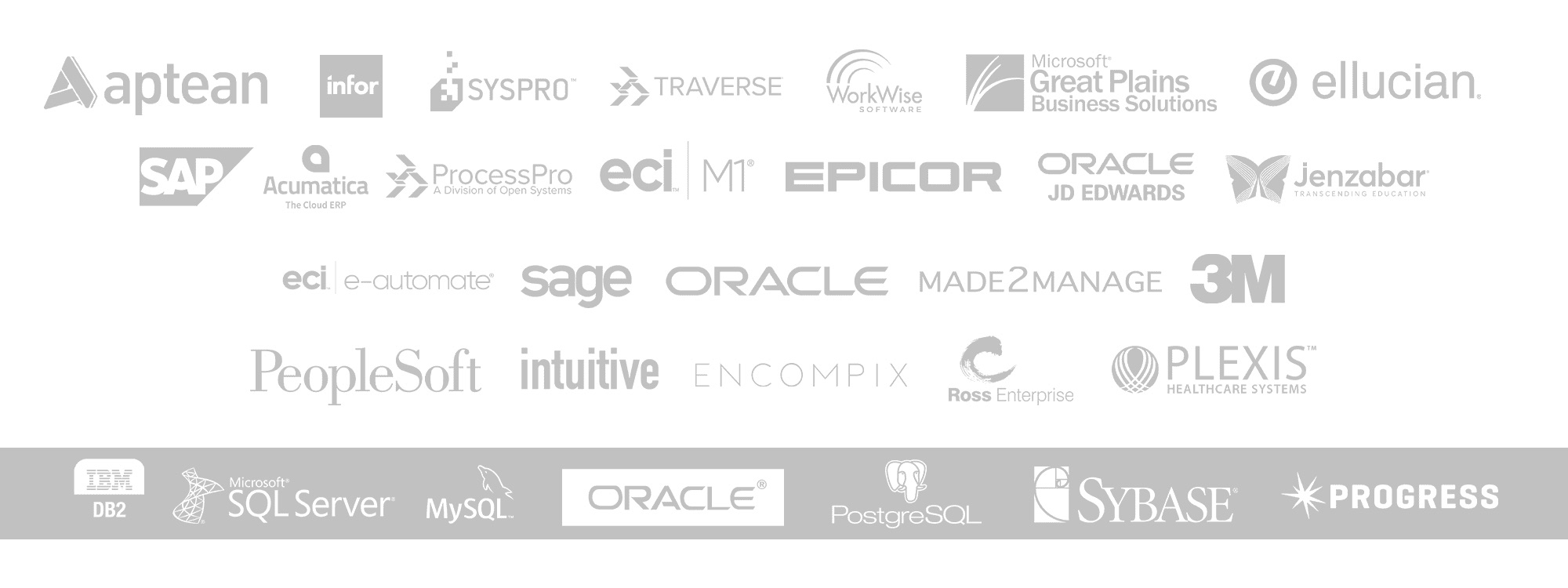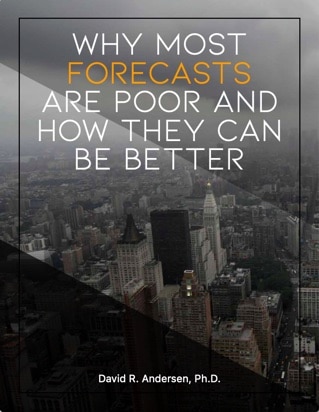The Ultimate Guide To Budgeting & Forecasting
 Budgeting and forecasting are essential components of financial planning and analysis. Accurately budgeting and forecasting enable businesses to make informed decisions about their resources, anticipate future trends, and track performance against predetermined objectives. By properly budgeting and forecasting, companies can be better prepared for both expected events as well as unforeseen challenges.
Budgeting and forecasting are essential components of financial planning and analysis. Accurately budgeting and forecasting enable businesses to make informed decisions about their resources, anticipate future trends, and track performance against predetermined objectives. By properly budgeting and forecasting, companies can be better prepared for both expected events as well as unforeseen challenges.
Understanding Budgeting & Forecasting
Budgeting Process
Budgeting is the process of creating a plan to allocate resources for operational and financial activities. Companies budget for their investments, costs, revenues, and other expenses. The budget helps organizations make sure they have enough money to cover their overhead and operations so that they can meet their financial obligations. Budgeting predicts future costs based on past expenditures and creates a financial plan for a future time, often one year – either based on a fiscal or calendar year. It involves developing an estimate of expected income and expenses over a defined period of time based on historical financial data, current economic conditions, existing plans and strategies, and other factors that may impact the budget.Forecasting Process
Forecasting is the process of predicting future outcomes. It helps organizations make informed decisions about their resources, anticipate future trends, and plan for any unforeseen circumstances. It is a crucial tool for planning expected levels of growth and performance that can ensure businesses remain competitive and financially healthy. Forecasts are also useful for identifying potential problems with the budgeted amounts, which can then be addressed through adjustments. Companies use forecasts to plan for future budgeting needs and assess the potential impact of budget decisions on their operations. In today’s competitive business environment, budgeting and forecasting are crucial for businesses of all sizes. Not only do budgeting and forecasting help organizations make informed financial decisions, but they also provide insight into their future prospects. Both budgeting and forecasting go hand in hand. Budgets are typically created at the beginning of an accounting period (usually a fiscal year), and forecasts are created at the end of an accounting period (usually a fiscal quarter). In some cases, budgets and forecasts are created on a continual basis throughout an accounting period rather than once periodically.Importance of Budgeting & Forecasting
The budgeting and forecasting process can be complex, but it is essential for successful financial management. By developing budgeting and forecasting plans that reflect the realities of the market and meet organizational goals, businesses can make strategic decisions to ensure long-term success. Evaluating budget performance after a budget period is also important to identify areas of improvement. Overall, budgeting and forecasting are important tools for businesses to use when managing their finances and making key decisions. By budgeting properly, companies can maximize the potential returns on their investments while minimizing risk. Both are essential tools for any company that wants to remain successful over time. In addition, these two processes are closely related because they provide information about how much money you need to operate at a certain level without going into debt or losing money. Forecasting and budgeting provide a framework that allows you to collect financial information on a regular basis and move forward with confidence. Both processes help you develop an accurate picture of your company’s financial health and plan for the future. These activities are particularly important for growing companies that have to make decisions about investment in new markets, product development, and staffing actions. Building an accurate and well-structured financial model will allow you to plan ahead, manage costs, and take care of future expenses.How to Create a Master Financial Model
A master financial model is a core tool in the budgeting and forecasting process. The model should be built on top of a robust accounting system. The model should be flexible enough to allow you to test different scenarios, such as changing your marketing spending, hiring additional employees, or creating new products and services. The best way to build a master financial model is to use a dynamic financial budgeting and forecasting software tool like Synoptix.7 Tips for Better Budgeting & Forecasting
-
- Start by analyzing the current financial situation of your company and identify areas that need improvement. Make sure you understand the details of your business model. This will enable you to create a budget and forecasting process that is tailored to your specific needs.
- Track how much money is coming in, where it’s going, and how much is left at the end of each month. This will help you make smarter forecasting and budgeting decisions. Analyze your business’s historical financial data in order to get an idea of how it has performed in the past. This can help you predict future performance trends. Set realistic goals that are based on market conditions and industry data, not guesses or assumptions. You can use a robust tool like Synoptix Softwareto get a clearer picture of your finances in one place.
- Create a detailed budget by listing all fixed costs, variable costs, and expected expenses for the next 12 months. Budgeting and forecasting should be done on a regular basis to ensure accuracy and identify potential problems before they arise. Keep track of how budgeted amounts match up with actual expenses. This will give you insight into areas where you might need to re-allocate funds or where you can save. Take advantage of budgeting and forecasting software, like Synoptix, that uses predictive analytics to help you make more informed decisions.
- Understand how well your forecasts align with actual results by comparing them with real results or sales trends. Use forecasting models to project future expenses and income. This can help you adjust budget parameters and identify areas of improvement. Finally, make sure to review your budgets and forecasts regularly and adjust as needed in order to keep up with changing market conditions. By doing so, you can ensure that your company remains on track for success.
- Track actual versus planned quantities against a rolling window of time (e.g., monthly) so that you can identify trends and patterns over time. This will allow you to make timely decisions and adjustments in order to remain competitive. Doing so can help your business achieve long-term financial stability and profitability. With the right forecasting tools, like Synoptix Software, budgeting and forecasting become streamlined processes that help you prepare for a successful future.
- Monitor your financial position closely over time, so you can stay on track with your plans for growth and expansion. Ongoing monitoring of actual financial performance against budgeted amounts can help identify potential problems before they become serious.
- If there are changes that could affect your budgeting process, make a note of them immediately so that you can adjust accordingly. This will ensure that your processes are working effectively and that your forecasting and budgeting efforts are helping you achieve your long-term objectives.
Make the Most of Your Financial Data with Synoptix Software
One of the most important things to do with your financial data is to make sure you have it all in one place, which can be easily achieved with Synoptix software. That includes consolidating all of your data from your ERP, spreadsheets, and any other data source(s). As a result, you can start tracking trends and get a sense of where you’re spending money and where you need to cut back. Synoptix Software is a powerful tool that makes forecasting, budgeting, and financial planning simple and easy to understand. It provides real-time data analysis and predictive forecasting capabilities so you can make informed decisions for your business. By utilizing dynamic forecasting models and comprehensive budgeting software, you can help ensure your company’s success. Whether you want to learn more about our financial planning, budgeting & forecasting software or schedule a demo, call 866.214.6008.
Jeana has been in the software industry for 15+ years specializing in ERP reporting solutions. She has decades of experience in creative content development and marketing and enjoys exercising, traveling & spending time with her husband & twin boys.


